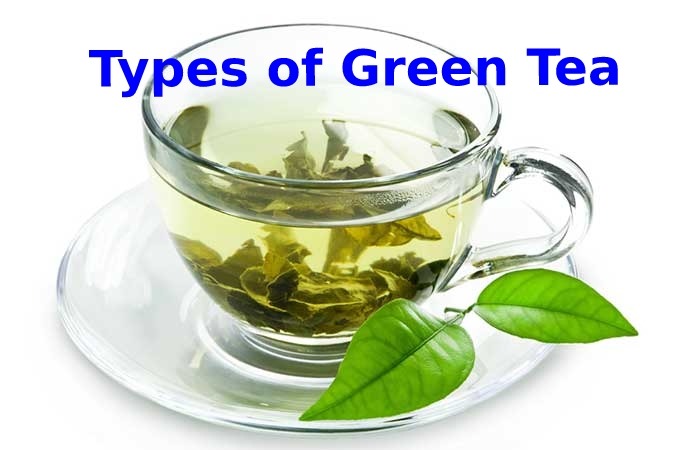Green Tea Definition
Green tea is a type of tea prepared from the leaves and buds of Camellia sinensis that have not felt the same wilting and oxidation process used to make black and oolong teas. Moreover, Green tea originated in China, and since then, its production and manufacture has spread to other countries in East and South
Several green tea varieties differ greatly depending on the type of C. Sinensis used, the growing conditions, the horticultural methods, the production process, and the harvest time. Even though there has been researching on the possible health effects of regular green tea consumption, there is little evidence that green tea consumption affects health.
Types of Green Tea
Bancha
It has a long leaf with a strong flavor and an intense aroma. According to the Green Tea page, it contains low quantities of theine.
You can also take it as they do in Japan, cold or it is similarly taken hot.
Kukicha
It is known as the 3-year tea because its branches must remain on the plant for at least three years.
According to the Dr. Navarro Clinic, this tea has a characteristic aroma, and it is sweet and creamy in taste and ideal for breakfast and dinner.
Matcha
According to Dr. Mecola, Japanese tradition dictates that tea measured with a bamboo spoon called a shashaku and poured into a bowl known as a chawan. But, it is not necessary so much ritual, and with a spoon, it will be sufficient to add the matcha powder in a full cup of hot water.
Gyokuro
Of Japanese origin, it translates to “jewel dew or dew jade” because of the pale green color when it take as an infusion. According to the Tea Cup blog, the leaves of this tea are very rich in theanine, which produces an individual flavor and has the benefits that it is a good diuretic; it helps you not get fatigued.
Hojicha
According to the Tea Shop blog, this tea comprises a mixture of large leaves and stems through a charcoal roasting procedure. Its flavor is robust; it is low in tannins and theine. It can remain taken in the afternoons attended by a plate of Asian food.
Benefits of Green Tea
- It can lower LDL cholesterol levels and reduce the risk of developing high blood pressure and coronary heart disease.
- Increases bone formation and reduces resorption. Drinking green tea for ten years associated with stronger bones.
- It favors weight control and body fat metabolism.
- Due to its potential as an antioxidant, it is a tool that can reduce the risk of type 2 diabetes and particular types of cancer.
- Green tea improves dental health and reduces bad breath.
- With a high absorption of vitamin C, green tea strengthens the immune system against colds, flu, and other infections.
- Good ally in times of study or work, its natural antioxidants are also an excellent brain stimulant, improving concentration, memory, and performance. In addition, it prevents neuronal degeneration and works as a protector against neurological diseases such as Parkinson’s and Alzheimer’s.
- Drinking green tea regularly helps to eliminate harmful free radicals in the body.
- Its polyphenolic antioxidants reduce inflammation in the body, thus preventing premature aging.
- In addition to many antioxidants, it has essential minerals, amino acids, and vitamins that improve intestinal flora.
- More and more studies associate it with preventing coronary heart disease.
Conclusion
It gets its name from the color that the tea leaves acquire in the differentiation process, fermentation, and drying. It is a type of tea that comes from the Camellia sinensis plant.
Also Read: Belly Fat


